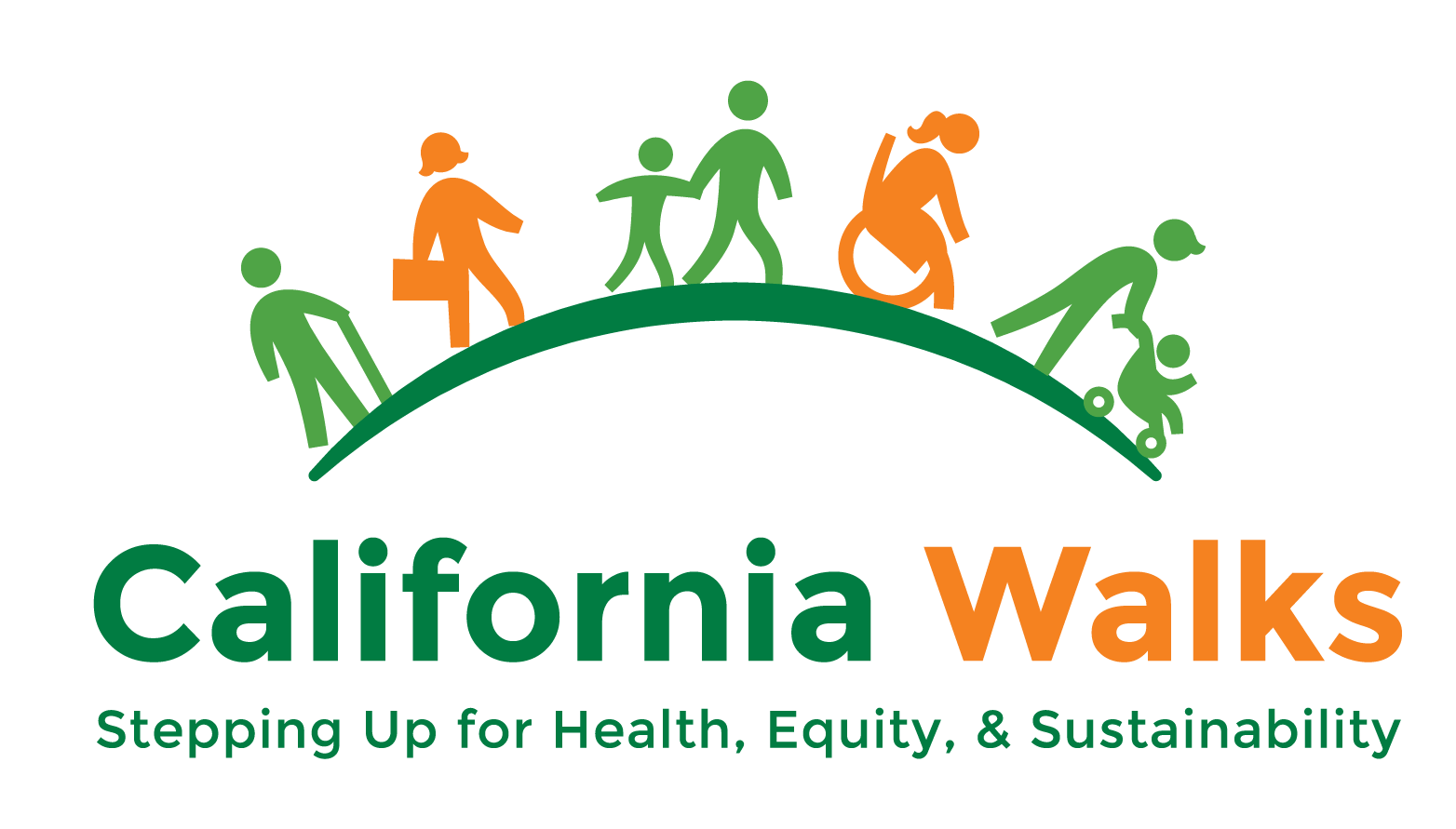On Autonomous Vehicles: Disruption or Status Quo?
After news broke in March that an autonomous vehicle in development by Uber killed a pedestrian in Arizona, the high-level response from transportation advocates was swift and unanimous: Uber’s autonomous vehicle program is not safe for use on public streets.
But from there, even as there was no shortage of takes and think-pieces, there was little agreement on the broader lessons, or even on what went wrong. As law enforcement and much of the public blamed the victimor the backup driver, some advocates defended the safety potential of automation. After all- the argument goes- anti-lock brakes are a form of automation that has saved millions of lives since its creation, likewise technology innovations in air travel have led to an astonishing safety record; technology isn’t inherently good or bad, just a way of solving problems.
Others questioned the incentives and market forces leading the charge; are we automating to create safer systems for all users, or are we automating to save labor costs for tech companies? In other words: who is deciding which problems get solved and how does money steer those decisions? And still others suggested that any emphasis on marginal improvements promised by technology were a distraction from the loftier aim of more sweeping and fundamental changes to our transportation systems.
The novelty of automated vehicles, and their place at the nexus of so much cultural anxiety around labor and identity, freedom of movement, lack of corporate accountability, and the encroachment of AI into our daily life, made for fertile conversation and dire prognostications.
Largely lost in the conversation is the acknowledgement that- sci-fi sensationalism aside- the story is actually depressingly familiar.
This is the story of the lack of political and cultural will to directly confront our toxic transportation status quo. Our status quo kills more than twice as many Americans each year as crime. It is the leading cause of preventable death of American children. And it is the culmination of nearly a century of policies and private and public spending that have prioritized the convenience and speed of motor vehicle travel over public health, safety, social cohesion, the environment, and the sustainability of our cities and country.
Instead of directly reckoning with the systems and incentives that built and profit from the status quo, much of our “innovation” in transportation amounts to reducing cost and friction for automobile travel. It does nothing to reconsider its prioritization over human life. The collusion of market forces setting our transportation and development agenda, elected officials too enamored of tech industry shiny things, and a sense of consumer entitlement to convenience guarantees we’ll continue to plan for speed and auto-centrism. Business interests and lawmakers have spent nearly 100 years refining the actuarial cost of systemic industrialized violence against human bodies. As a result, more Americans have been killed in automobile crashes in the past year than in the last 10 year of the Iraq War. Our status quo kills the equivalent of a fully loaded 747 every 5 days.
Are AVs an escalation or intensification of this crisis? I think they’re just a continuation. They’re an iteration of the status quo. AVs weren’t the deadliest cautionary tale of terrible land use, corner-cutting, greed, impotence of regulation, and a systemic marginalization of pedestrians this month. 6 people died in Florida after an experimental pedestrian bridge over an 8 lane highway collapse that resulted for the same all-too-familiar pressures.
The regulatory framework around AVs in California is the most robust in the US, which is why makers have set up shop in Arizona and Nevada. Even still, the lack of transparency, industry standards, and reporting is alarming. We must be vigilant in ensuring that our public streets aren’t sold to private interests for beta testing. But we also need to take seriously the big picture- Uber is hardly the first company to nudge policy towards expediency over safety in the interest of its bottom line.
Our takeaway from this tragedy can’t be that technology is a threat to public safety, or that it will save us from ourselves, but that the tech industry’s current relationship to public policy is a continuation of a deeply entrenched status quo. We must continue to demand stronger protections and safeguards, and put the safety of vulnerable road users at the center of transportation policy.

